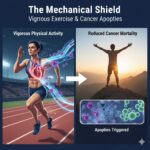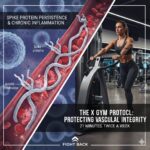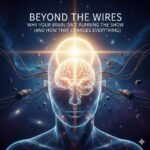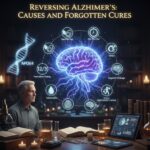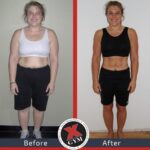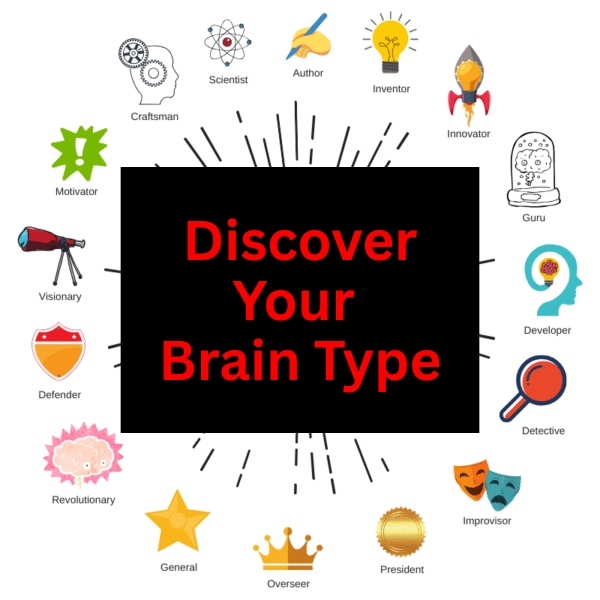We all know sleep is important. It’s when our body “detoxes and repairs,” right? But what if I told you that optimizing your sleep phases is one of the most powerful, non-negotiable anti-aging strategies you possess? Understanding this unlocks a new level of healthspan extension.
Let’s pull back the curtain on what’s really happening when you drift off to dreamland and how these processes directly impact your biological age.
Your Nightly Repair Crew: The 3 Main Sleep Stages
Each sleep phase is a specific, highly technical intervention in your body’s anti-aging protocol.
1. Light Sleep (NREM 1 & 2): The Foundation and Filing System
While transitional, this phase—roughly 45-55% of your total sleep—prepares the body for deep cellular work. Crucially, the brain’s Sleep Spindles in N2 stabilize memories and contribute to sustained cognitive function, a key component of general health and functional healthspan.
2. Deep Sleep (NREM 3 / Slow-Wave Sleep): The Heavy Lifters & Neuro-Detox Squad
This phase, typically 15-25% of your total sleep, is the peak of the anti-aging process.
-
The Anti-Aging Mechanism (Somatic): The pulsatile release of Growth Hormone (GH) acts as a direct longevity hormone. It drives protein synthesis, muscle and tissue regeneration, and helps maintain a favorable muscle-to-fat ratio—essential for metabolic health and mitigating sarcopenia (age-related muscle loss).
-
The Anti-Aging Mechanism (Neuro-Cognitive): This is the window for maximal Glymphatic System activation. The efficient flushing of neurotoxins, such as amyloid- and tau proteins, is a foundational mechanism for preventing age-related cognitive decline and maintaining .
3. REM Sleep (Rapid Eye Movement): The Mental Maestro & Cognitive Optimizer
Accounting for 20-25% of your total sleep, REM is critical for brain resilience and adaptability.
-
The Anti-Aging Mechanism: It supports emotional regulation, reduces chronic stress load, and facilitates synaptic pruning—the optimization of neural networks. This high-level cognitive processing helps maintain sharp executive function and mental plasticity, protecting against age-related mental rigidity.
The Erosion of Deep Sleep With Age
The most critical challenge to longevity is the dramatic decline in Deep Slow-Wave Sleep (N3). This decline, starting in early adulthood and becoming pronounced after 65 (often ), results in a significant reduction in GH release and glymphatic clearance efficiency.
The Functional Consequence: As deep sleep diminishes, the body loses its most potent daily repair opportunity, leading to an acceleration of biological aging markers, including increased oxidative stress and weakened . The goal is to aggressively protect and maximize SWS to sustain the anti-aging benefits.
The best “hack” for improving your deep phase is your wind-down routine before bed. Prioritise these two things first:
1. Avoiding blue light (i.e., screens) and bright lights (especially LEDs) at least an hour before bed is crucial.
2. A short relaxation breathing session (3-5 minutes), focusing on gratitude and/or love, will also help extend and improve this phase.
The HIT Secret: Supercharging Recovery and Cellular Longevity
High-Intensity Training (HIT) is not just a workout; it is a profound hormetic stressor—a short-term stress that triggers superior long-term adaptive benefits, directly opposing the aging process.
HIT (like we do at X Gym) is a powerful biohack to maximize the efficiency and restorative power of the sleep that is achieved, effectively mitigating the cumulative stress of aging and poor sleep.
Be sure to experiment with the timing of your HIT workouts, as some people find they get better sleep with a workout later in the day (or even evening), while others find later workouts (within 2 hours of bedtime) interfere with sleep quality.
Here is the anti-aging mechanism of HIT:
-
Mitochondrial Biogenesis and Efficiency: HIT is a potent stimulus for mitochondrial biogenesis—the creation of new, healthy powerhouses in your cells. Aging is strongly linked to mitochondrial dysfunction; HIT essentially forces the creation of a younger, more efficient cellular energy infrastructure.
-
Epigenetic Modulation: Emerging data suggest that intense, intermittent exercise can influence epigenetic aging markers, such as DNA methylation patterns and potentially telomere stability. By positively modulating these genetic regulators, HIT helps maintain the integrity of cellular programming against age-related decay.
-
GH & Insulin Sensitivity (The Anti-Metabolic Aging Duo): HIT’s massive demand for repair directly augments the subsequent nocturnal GH pulse (as discussed above). Simultaneously, HIT reverses the acute insulin resistance caused by sleep deprivation. Maintaining high insulin sensitivity and Growth Hormone signaling are core pillars for fighting metabolic aging.
-
Neurogenesis and Cognitive Resilience: HIT increases circulating levels of Brain-Derived Neurotrophic Factor (BDNF). BDNF is often called “Miracle-Gro for the brain” as it supports the survival and growth of existing neurons and encourages the differentiation of new neurons (). This is a key mechanism for sustaining hippocampal volume and cognitive function in older adults, directly fighting age-related cognitive decline.
In summary: Quality sleep, particularly Deep Sleep (ideally 50-80 minutes each night), supports core anti-aging repair (GH release, neurodetox), and remember to develop a proper pre-bed routine. HIT acts as a systemic “activator” that enhances the restorative capacity of your sleep while simultaneously targeting fundamental markers of biological aging at the cellular and genetic levels.

